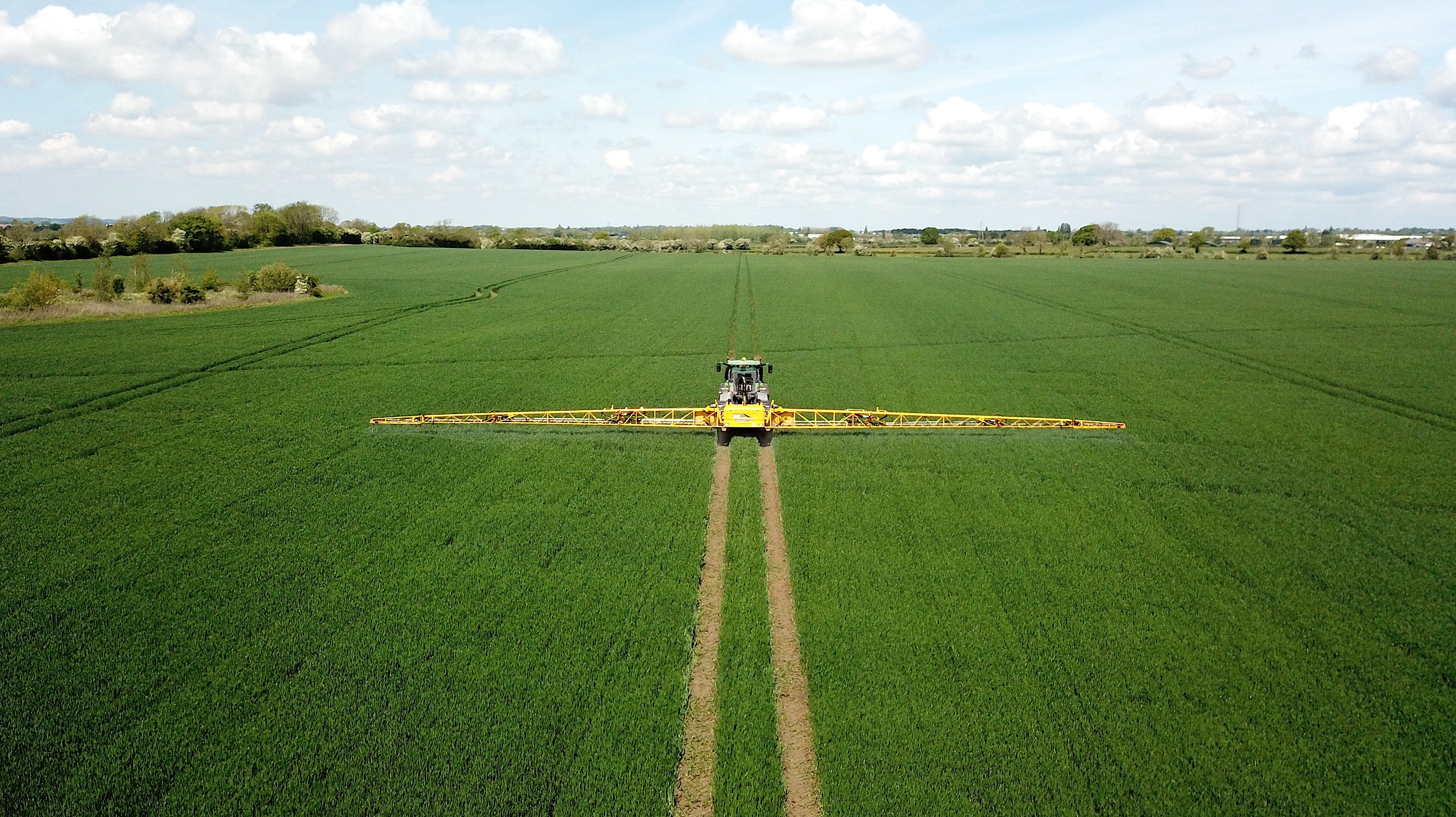With Irish wheat crops off to a good start, independent experts have outlined the importance of timing and product choice in keeping diseases at bay.
Autumn sowings took place in good conditions following two desperately difficult years for tillage farmers to get winter cereals in the ground and free from yield-robbing septoria and rusts.
But as temperatures begin to rise going into the spring, disease control experts from Teagasc and University College Dublin say the next two months will be crucial.
“Most fields are complete and there is no patchiness, so the crops have good potential at the moment,” says Steven Kildea, Research Officer with Teagasc.
“It’s looking positive – we’ve had a good autumn and a benign enough winter from a crop’s perspective. But where there’s potential for the crop, there’s potential for disease."
Tom McCabe, University College Dublin's crops specialist, says that pressure from septoria and rusts ramped up in 2023 and 2024 due to heavy rain disrupting the optimum spray timings.
“The biggest problem Irish farmers had was getting the T1 timing correct, as there has been a lot of rainfall during those key periods,” Tom said.
Both Steven and Tom have advised growers to take into account the disease rating of the varieties sown, the sowing date, weather conditions and the visible presence of septoria and rusts when planning their T0, T1 and T2 fungicide sprays.
Steven said: “If it’s a dry and cool spring, the disease will be knocked back. If it’s a mild, typical spring, we will probably have a lot of disease. If it’s mild and wet, you can guarantee there will be disease.”
Trials work carried out over a number of years at Teagasc and UCD have shown Steven and Tom the consistency delivered by Corteva Agriscience’s QuestarTM fungicide.
Steven says: “When you use Questar in the programme comes down to disease pressure.
“We regard leaf three and the flag leaf delivering an equal contribution to disease control in the upper canopy, so if you have a spring with lots of wet weather, the strength of Questar will come through at T1 to get on top of that epidemic.”
Tom adds: “Inatreq is a molecule with the flexibility of being a T1 or T2 spray. I prefer it at T2 but in reality other products have to move according to when the Questar goes on as it is our strongest and most reliable product.”
Its robust activity on the main diseases found in Irish wheat fields means green leaf area is maximised, laying the foundations for greater yields.
Questar can be applied to all varieties of wheat, durum wheat, rye, triticale and spelt, providing robust control of septoria and rusts.
The full label rate is 2.0l/ha but the rate applied by each grower will depend on a number of agronomic factors, such as variety, sowing date, location and weather patterns leading up to application. Questar must be mixed with a partner product as part of an anti-resistance strategy and to broaden the spectrum of the application.
Liz Glynn, National Field Technical Manager for Corteva in Ireland, said: “Key to the longevity of the Inatreq molecule is resistance management, and we only allow one application per season, per crop.
“Other modes of action should be included in the programme to reduce the susceptibility of isolates developing resistance to the limited fungicide chemistry at our disposal.”
A video featuring Steven and Tom giving their outlook for the 2025 season so far has been released and can be seen here https://www.corteva.ie/tools-and-advice/Inatreq-active.html
For more information about use and product stewardship of Questar, go to www.corteva.ie

Contact us
Corteva Hotline
Call: +44 800 689 8899
Email: ukhotline@corteva.com
Liz Glynn, Area Manager & National Field Technical Manager
Call: 086 844 5306
Email: liz.glynn@corteva.com